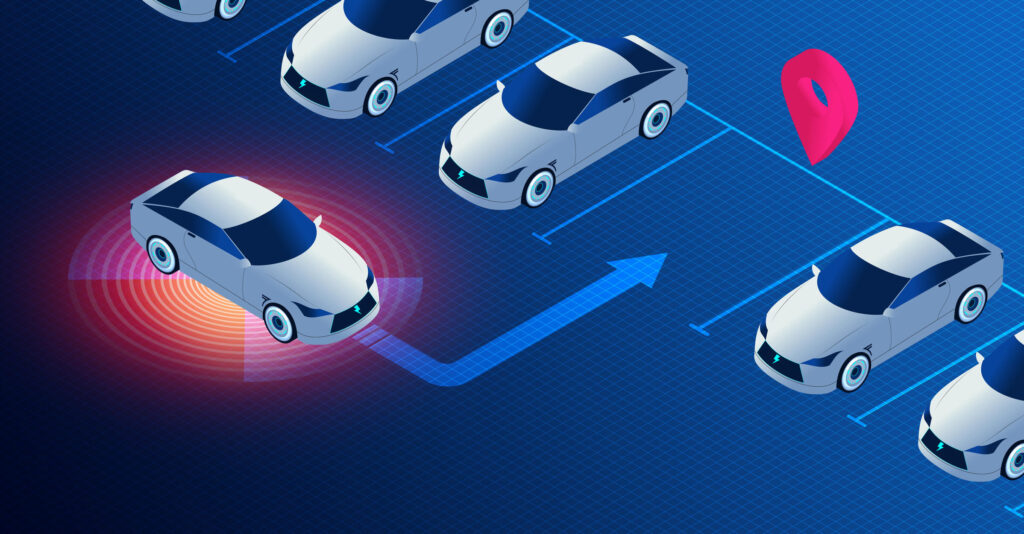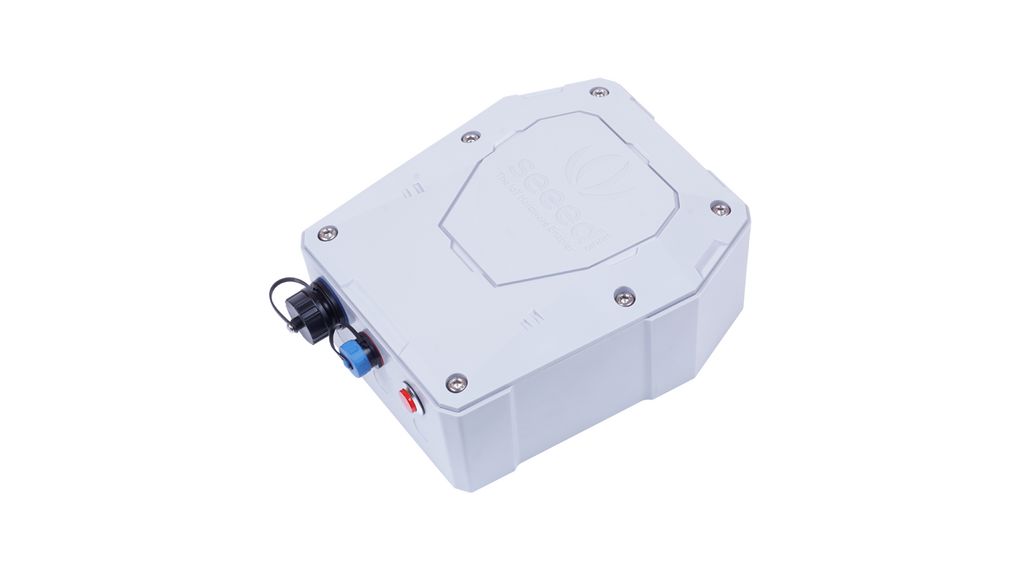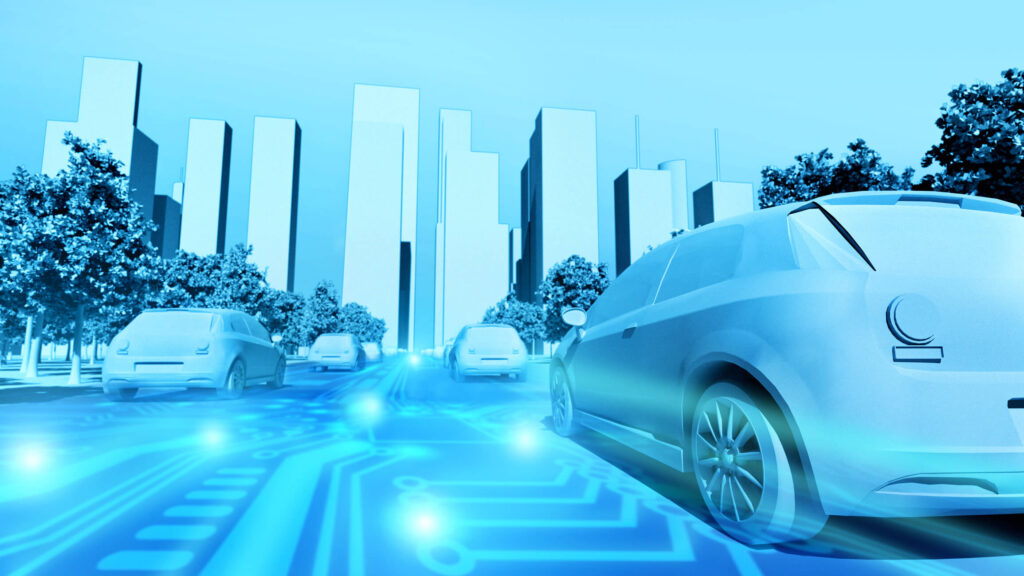Urban mobility is about to become smarter and more connected, and LoRa is paving the way.
LoRa technology, which has its roots in Chirp Spread Spectrum (CSS) technology, is a major contributor to the improvement of IoT-driven parking systems because of its low-power, long-range wireless communication capabilities. This technology is the foundation of smart parking solutions which simplifies parking management and connection through the use of sensors, gateways, and applications.
By combining IoT (Internet of Things), sensors, and LoRa AI, smart parking systems can now operate with wireless connectivity and unmatched efficiency, revolutionising the way parking spaces are monitored and controlled. These developments have the potential to completely change parking in the future by increasing accessibility and convenience for people all around the world.
Understanding LoRa and Its Benefits in IoT
LoRa is a low-power, long-range wireless communication technology that links Internet of Things devices and allows them to send data over great distances while using less energy. Because of their broad range of compatibility, LoRa devices can be connected to a variety of objects, equipment or even animals and people.
LoRa Technology: A Beacon for IoT Applications
- Versatility Across Industries: LoRa technology has found applications in diverse sectors, including agriculture, smart cities, healthcare, and industrial control, without the need for constant control or human involvements, enhancing business efficiencies and improving lives.
- Long Range and Low Power: With LoRa, devices may function on low power, greatly extending battery life, while messages can be transmitted over long distances—up to 20 km in rural areas and 2–5 km in urban environments.
- Two-Way Communication and Security: LoRaWAN protocol supports two-way communication and is strengthened by strong security features, such as end-to-end AES-128 encryption, so the data transferred across the network is protected against manipulation and eavesdropping.
Exploring the LoRa Ecosystem
- Global Ecosystem and Market Growth: A huge network of network providers, software developers, and device manufacturers supports the LoRa ecosystem. The market for LoRaWAN is expected to grow at a rate of more than 40% compound annual growth rate (CAGR) from 2023 to 2032, valued at $2 billion in 2022.
- Smart City Initiatives: Because of its scalability, density of network, and energy efficiency, LoRa technology is being used by enterprises and governments for Smart City initiatives, which is propelling significant growth in the overall market.
LoRa Smart Parking Systems
Utilising LoRa-enabled sensors, smart parking systems offer reliable vehicle activity data to cloud-based management applications, enhancing parking space monitoring and management.
Here are some LoRa Smart Parking Systems:
- Sensor-Based Solutions: Utilise ground or overhead sensors to monitor parking space availability. Example: PlacePod.
- Smart Meters and Pay-by-Phone: Replace traditional meters, allowing payment and time extension via apps. Example: ParkMobile.
- License Plate Recognition (LPR): Cameras read plates for enforcement and access control. Example: Genetec AutoVu.
- Mobile App-Based Reservations: Enable advance reservation of parking spots. Examples: SpotHero, ParkWhiz.
How LoRa Enhances Smart Parking Solutions

LoRa-based smart parking solutions harness the power of IoT to streamline urban parking management, offering a blend of energy efficiency, robustness, and scalability. Usually, these systems use ultrasonic sensors to determine whether parking spaces are occupied. The data collected is then transmitted to a LoRa gateway and subsequently to a cloud server for processing. Through smartphone apps or web interfaces, users can obtain this information in real-time, significantly lowering the effort of searching for parking spots and reducing urban congestion.
Sensor and Gateway Integration
At the heart of these systems lie LoRa-enabled sensors, based on the LoRaWAN protocol. The SenseCAP LoRaWAN Gateway is an example of LoRaWAN technology, useful for low-power, long-range environmental data collecting, and remote monitoring applications, including smart cities and smart agriculture. Such sensors can detect vehicle presence without the need for external wiring, transmitting data to the gateway, which supports many ways to connect to the network and offers Ethernet connectivity for seamless data flow to cloud servers.

Real-time Data and User Interface
The integration of sensor data transmission and gathering allows parking space availability to be tracked in real-time. Here, LoRa’s long-range communication capabilities play a crucial role by enabling coverage of expansive or dispersed parking spaces. The user-friendly interface, available as a web or mobile application, allows users to book spaces, locate open places, and even manage payments. LoRa has the ability to completely transform parking management, especially in highly packed metropolitan environments, as demonstrated by this degree of integration and simplicity.
Case Studies: LoRa-Based Smart Parking in Action
Bosch has leveraged the capabilities of LoRaWAN for smart parking solutions, incorporating The Things Stack, a comprehensive LoRaWAN network server from The Things Industries, demonstrating a forward-thinking approach to urban mobility challenges.
Another example is Santander’s Smart Parking Initiative. Santander deployed a LoRaWAN-based Smart Parking Service, utilising wireless communication for efficient parking management. Two parking sensor deployments were under continuous observation, providing valuable insights for large-scale IoT infrastructure planning using LoRaWAN networks.
The Future of Smart Parking and LoRa
The future of smart parking and LoRa technology is poised for transformative growth: with a compound annual growth rate (CAGR) of 18.1%, the smart parking market is predicted to grow from $38.7 billion in 2023 to $88.8 billion by 2028 and it will be driven by advancements in IoT and AI:
- AI Integration: Leveraging AI with data from sensors and cameras will refine parking management systems.
- Automated Vehicles: Urban parking is going to be redefined with the advent of robotic valets and self-parking cars.

- IoT-Enabled Systems: Ground sensors providing real-time parking data will reduce search times and emissions.
- Automated Car Parks: These parking spaces are capable of holding up to four times as many automobiles as conventional ones since they use laser scanning for effective car storage.
- Community Transformation: During off-peak hours, car parks could be transformed into community spaces or sports fields, improving urban living environments.
Conclusion
This examination of LoRa technology demonstrates how important it is to the development of IoT-driven parking systems due to its long-range, low-power characteristics, which are revolutionising parking management. We have underlined LoRa’s adaptability and effectiveness in resolving contemporary connectivity difficulties by looking at its applications in everything from smart cities to agriculture, particularly in smart parking systems like sensor-based solutions.
As technological advantages and real-world case studies are discussed, a trend towards more approachable urban mobility options becomes apparent. As AI and automated driving become more prevalent, it becomes evident how LoRa may enhance parking effectiveness, lessen traffic, and promote sustainable urban development. With so many chances to incorporate LoRa into future parking solutions, this forward-thinking approach to smart parking with LoRa opens the path for continued innovation.
For those looking to explore or integrate LoRa technology into smart parking solutions, the Distrelec webshop offers a wide range of LoRa-enabled devices and solutions from well-known brands.
FAQs
LoRa technology is specifically made to facilitate IoT communications through the Low Power Wide Area Network (LPWAN) connection of distant devices or end nodes. Data transmission to analytics apps is made easier by this link, allowing for effective long-distance and low-power communication.
Smart parking systems provide effective parking management by using Internet of Things technology to broadcast real-time occupancy data to the cloud via sensors detecting vehicle presence.
When it comes to applications that need to send little amounts of data across long distances at low bit rates, LoRa networks are very helpful. Because LoRa has this functionality, it is a better option for powering sensors and actuators in low-power modes than other technologies like WiFi, Bluetooth, or ZigBee. Numerous IoT applications, especially those involving remote or autonomous sensors, are facilitated by LoRa networks’ longer range and low power consumption.
A variety of sensors are used by smart parking systems to precisely determine the availability of parking spaces. The most often used types of sensors are infrared sensors, which sense heat and motion, magnetometers, which measure changes in magnetic fields, ultrasonic sensors, which measure distance using sound waves, and radar sensors, which use radio waves for detection. When combined, these technologies offer a thorough and dependable smart parking solution.











